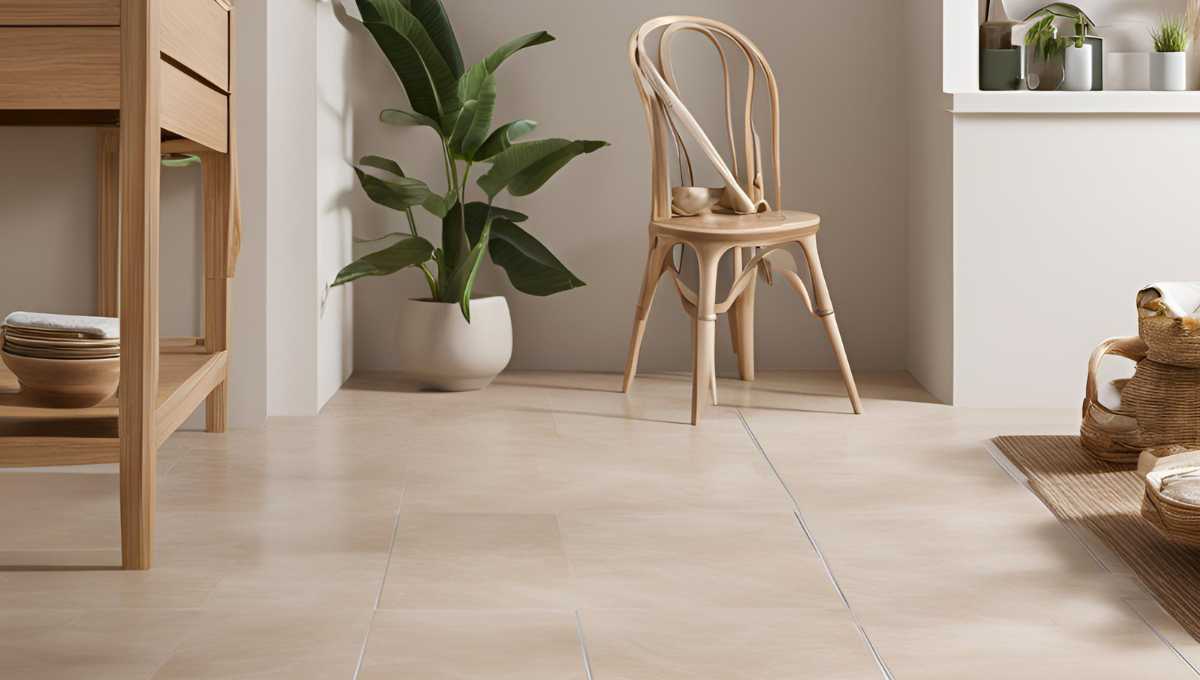
Introduction
Potty training is a major first milestone in your child’s life and their way to Big Girl or Boydom. A lot of parents would want to find an easy and quick one too especially for those who are doing a hundred things at the same time. The 3 day potty training approach has become popular as a quick fix for parents who want to get their child out of diapers in the shortest period possible. Here we will dig deep into the 3-day potty training technique: what it is, how to get ready for it, practical approach (day by day), and some helpful tips!
3 Day Potty Training Method Explained
Following a 3-day plan, you can teach your child to use the potty in three days. According to the theory, children can learn better and more quickly when others pay direct attention while providing consistent reinforcement. The child is urged to go completely diaper free during the three days and only use the potty instead.
Some Principles and Assumptions
The approach is based on three main principles :
This 3-day method definitely works, but consistency is the key and if parents are not consistent over all three days then it will become a failing process.
Parents need to practice positive reinforcement: cheering your children on and prompting them when necessary.
Able to exercise patience when accidents occur and stay calm
NO WAY … It’s all about being ready: Child Preparedness – Your child must be physically AND emotionally prepared for potty training.
In This Post
ToggleAt what age should you start potty training?
All kids are a bit diffrent, but in general most children are ready to be potty trained between 18 months and three years old. Indicators that your child may be getting ready to begin including showing interest in the potty, being dry for longer periods of time, and is capable of following 1 or 2 step simple instructions.
Getting Ready for 3-Day Potty Training
Choosing the Right Time
Timing is the Answer to Everything Choose a weekend or time frame that allows you full three days at home with your child. Just try to turn off any noise in the house or similar important things.
Gathering Supplies
Save yourself time and prepare ahead of painting day with the following required supplies:
- Potty chair: Easily accessible child potty
- Trainers — optional, but many parents swear by them.
- Living With a New Puppy
- Incentives: Stickers, small toys or treats to reward successful potty use.
Setting Up the Environment
Achieving a potty-friendly environment involves placing the particular kind of potty chair you have chosen in an accessible location. Placing a change of clothes nearby, or taking off rugs and putting protective covers on furniture can help.

Day 1: Introducing the Potty
My Morning Routine and First Steps
My suggestion to you is start the day off with that toilet commode for your child. Simply explain that now all your good work you have done the diapers are no longer needed and should be kept nice a clean like this potty. Motivate them to sit on the potty every 15-20 minutes, particularly after meals and drinks.
Strategies to Get Your Baby Potty Trained
If she gives you this yes and no, then respond in a positive way; use encouraging language. Add potty time reading, singing or toys to keep your little one quietly entertained. Even if nothing happens at first, encourage all efforts.
Managing Setbacks, and Mishaps
Crashes are the way to go. If one does happen, do not panic and tell your child that it is okay. Lightly point out that to the potty is where they go, swap their pants and undies but make a big song about not cry.
Day 2: Building Consistency
Reinforcing Potty Use
Day 2: How do you build on the progress of Day1 Slip back into your normal potty routine and help them remember what their body feels like right before they need to go. Drink plenty of fluids to help encourage practice
Monitoring Progress
Make sure you know your child’s triggers and routine. Are they beginning to show any signs of when they are about to go? Are you experiences accidents, less of them? Keep this in mind when tailoring your app.
POSITIVE REINFORCEMENT STRATEGIES
This motivator often comes down to rewards. Positive reinforcement reinforces that it is worth their time to keep trying– whether in sticker form, as a special treat or with some more playtime.
UCCESS IN POTTY TRAINING PART 2
Strengthening Habits
Hopefully by Day 3 your child will be more familiar with the process. Keep doing the regular routine but increase just a small amount of time between potty breaks to see if they start realizing on their own.
Tackling Issues and Pushbacks
There will be a few children who do not like the potty, and they may resist more even on Day 3. In case this takes place, be patient in your approach and try to do a bit of low-key pushing. If you try to force the issue then they may start having a negative thought associated with it.
Celebrating Success
Finally, at the end of training celebrate with your child how far they have come. Even if they are at complete training or a bit more time to learn; by acknowledging their work makes them confident.
Troubleshooting Common Issues
Dealing with Regression
Backsliding is typical of infancy and early childhood. If that happens revisit the fundamentals, with periodic reinforcement and encouragement.
Nighttime Potty Training
During the night, contingencies tend to last longer than during the day. Use training pants or a mattress protector if you need to slow down the process of nighttime dryness.
Handling Fears and Anxieties
Other children may have new fears surrounding using the potty. Gently address these, give reassurance and maybe read books that will help normalise this experience.
11 Strategies for Post-Course Success
Maintaining Consistency
Because highlighted text contains consistency, which is important for establishing the new habit. Keep reminding your child and encouraging them even after the 3 days are up.
MANAGING TOILET TRIPS WHEN OUT AND ABOUT
Potty training can be an adventure on its own so treading out after that — apurvichowbungl0 Just make sure you have a toilet seat cover for using the restroom and bring along extra clothes.
What to Do If Progress Stalls
If your child appears to not be making any progress, pull back and evaluate what could be occurring. A change in pace and a fresh perspective every now can help get things back on order.

Expert Advice on 3 Day Potty Training
Pediatrician Perspectives
For kids who show us that they are developementaly ready, the 3 day method will work and pediatricians generally support this plan (with an emphasis on patience & praise!)
Experienced Parents’ Tips
Those parents who had a successful experience with the 3-day method usually highlight that you have to be well-prepared and keep optimistic.
Child Psychologist Advice
Child psychologists suggest that pressure not be put on the child, only support so as to create an environment where anxiety doesn’t interfere.
The Advantages of the 3-Day Potty Training Approach
Faster Results
The best thing about the 3-day approach, is that it gets children to poop on the potty a lot quicker so you don’t have wait as long wearing diapers.
Boosting Child Confidence
On one hand, mastering potty training early can greatly increase the confidence and independence of a child.
Parent-Child Bonding Strength
The process is hands-on and interactive, that can help a parent build stronger relationships with their children.
Disadvantages of the 3-Day Method
Intensity of the Process
The 3-Day Method is not for the weary, as it requires full focus from both parent and child.
Risk of Frustration
If the child is not prepared and there are too many accidents, parents get frustrated as much or even more than children.
Not Suitable for All Children
Not every child is ready developmentally or has needs that make this method appropriate for them.
Potty Training Ideas That Do Not Use
Gradual Training Methods
Some potty training methods are more gradual, where children can develop skills over time and move from diapers to using the potty with less stress.
Child-Led Approaches
Child-led approaches give the child more control to pace themselves, which is very helpful and easier.
Vs The 3-Day Method
Although the 3-day method is quicker, there are other methods out there that could be a bit more flexible and remove some of this pressure from your child.

Top Myths About Potty Training
Debunking Misconceptions
There is a myth that boys are more difficult to train girls, In truth it all depends on the child.
Clarifying Expectations
While as parents, we totally want immediate results — potty training is a process which means it might take some time.
Conclusion
And once accomplished, with the Three Day Method that dickens of a task will be behind you for Good!! The best thing parents can do to help ease their kid through the transition from sucking down root beer while sitting on a toilet in diapers is prepare properly, be patient and stay consistent with how they approach it. Every child is different, the 3-day method will not work for everyone but this strategy works well for many. Count this as another step in your child’s increasing independence, and don’t let anyone tell you they all need to learn exactly the same things at precisely the selected age.





